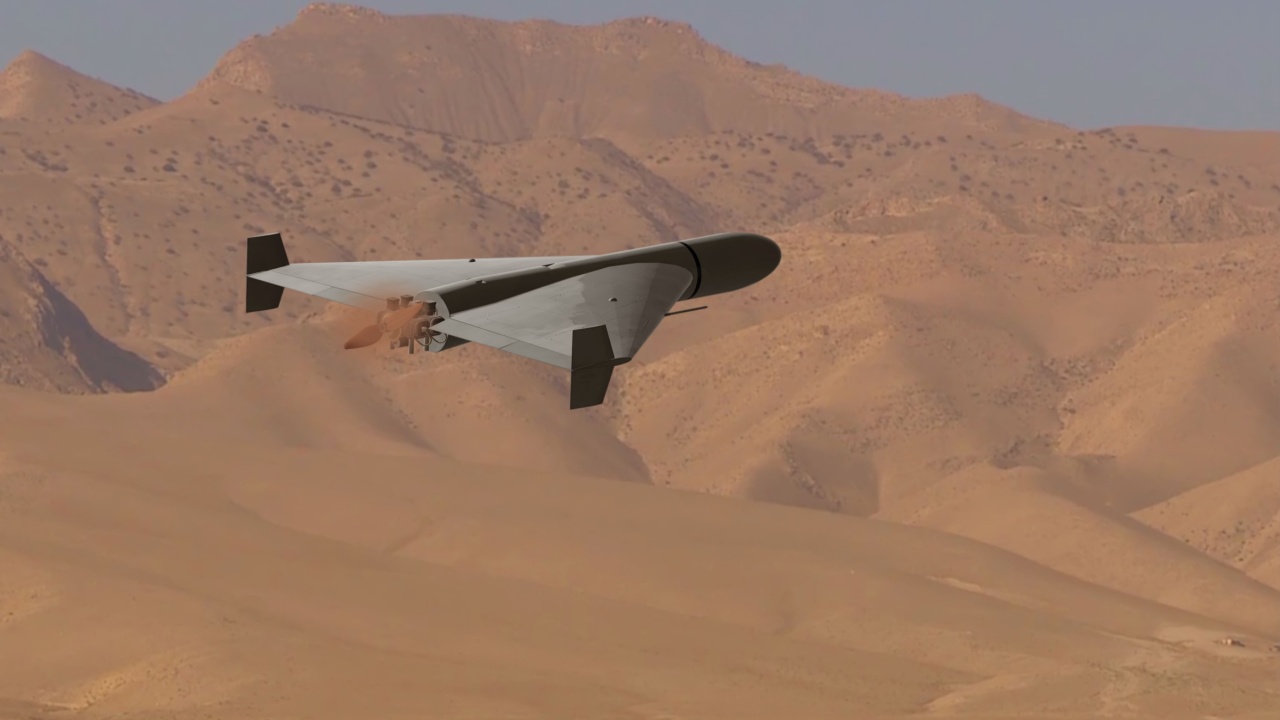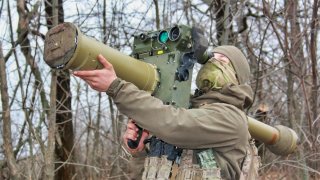The UK Is Sending 650 Lightweight Multirole Missiles to Ukraine
The UK is sending 650 Lightweight Multirole Missiles (LMM) to Ukraine to bolster its air defenses against Russia's ongoing aggression. These missiles, worth £162 million ($212 million), will begin arriving in early 2024.
Summary and 5 Points You Need to Know: The UK is sending 650 Lightweight Multirole Missiles (LMM) to Ukraine to bolster its air defenses against Russia's ongoing aggression. These missiles, worth £162 million ($212 million), will begin arriving in early 2024.
-The LMM, developed by Thales, can reach speeds over Mach 1.5 and has a range of 3.7 miles.
-It can target both aerial and ground threats, making it valuable on the frontlines.
-The aid is part of continued international support as Ukraine defends against large-scale Russian missile and drone attacks, which threaten cities and infrastructure.
-Ukraine's air defense systems, including Patriots and NASAMS, remain crucial.
UK Boosts Ukraine's Air Defense with $212 Million in Multirole Missiles
Ukraine’s international partners continue to support its fight against Russian aggression with funds and weapon systems.
The latest package of military aid comes from the United Kingdom and concerns hundreds of multirole air defense missiles.
More Anti-Aircraft Missiles for Ukraine
The British Ministry of Defense announced the transfer to Ukraine of 650 Lightweight Multirole Missiles (LMM) for air defense worth £162 million ($212 million).
Built by Thales and weighing around 29 lbs, the LMM has a short range of just 3.7 miles, but it can reach speeds of more than Mach 1.5 (around 1,200 miles per hour). The munition is expected to start arriving in Ukraine by early next year.
The LMM can be fired from a wide range of weapons systems, thus offering diverse solutions to commanders on the ground. The munition can be used against ground targets as well, which can make it particularly useful to air defense units close to the frontlines.
“This new commitment will give an important boost to Ukraine’s air defenses and demonstrates our new government’s commitment to stepping up support for Ukraine,” British Defense Secretary John Healy said in a press release.
“In recent days we have seen the tragic cost of Russia’s indiscriminate strikes on Poltava and Lviv. These new UK-made missiles will support Ukraine to defend its people, infrastructure, and territory from Putin’s brutal attacks,” Healy added.
Earlier in the summer, in a major missile and drone attack, Russia targeted the largest children's hospital in Ukraine, killing and wounding several innocent children and adults.

“With our international partners today, we will show that we are united for Ukraine. And we will discuss how best we can work together to improve support. Because the security of the UK and Europe starts in Ukraine,” the British defense official stated.
Ukraine’s Air Defense Umbrella
The Ukrainian military needs security aid to enhance and replenish its air defense umbrella. Almost 930 days into the war, Russian long-range strikes continue to threaten Ukrainian cities and critical infrastructure.
Only a few days ago, the Russian military launched its largest long-range attack against Ukraine, with hundreds of suicide drones as well s ballistic and cruise missiles. The attack included more than 230 long-range munitions. The Ukrainian Air Force was able to shoot down around 200 through many different ways, including anti-aircraft missiles, automated cannons, and F-16 Fighting Falcon fighter jets.
Moscow’s long-range attacks are multifaceted and require a versatile toolkit to counter effectively. For example, ballistic and cruise missiles can only be effectively countered by advanced air defense systems like the MIM-104 Patriot, IRIS-T, or NASAMS. Less advanced air defense systems are relegated to countering smaller but still important threats such as suicide drones.
The Russian long-range arsenal isn’t what it was before the start of the war – Moscow can only manufacture a limited number of munitions every month due to international sanctions. But the Russian military is still dangerous and has a long reach.
About the Author
Stavros Atlamazoglou is a seasoned defense journalist specializing in special operations and a Hellenic Army veteran (national service with the 575th Marine Battalion and Army HQ). He holds a BA from the Johns Hopkins University and an MA from the Johns Hopkins’ School of Advanced International Studies (SAIS). His work has been featured in Business Insider, Sandboxx, and SOFREP.
Image Credit: Creative Commons and/or Shutterstock.


